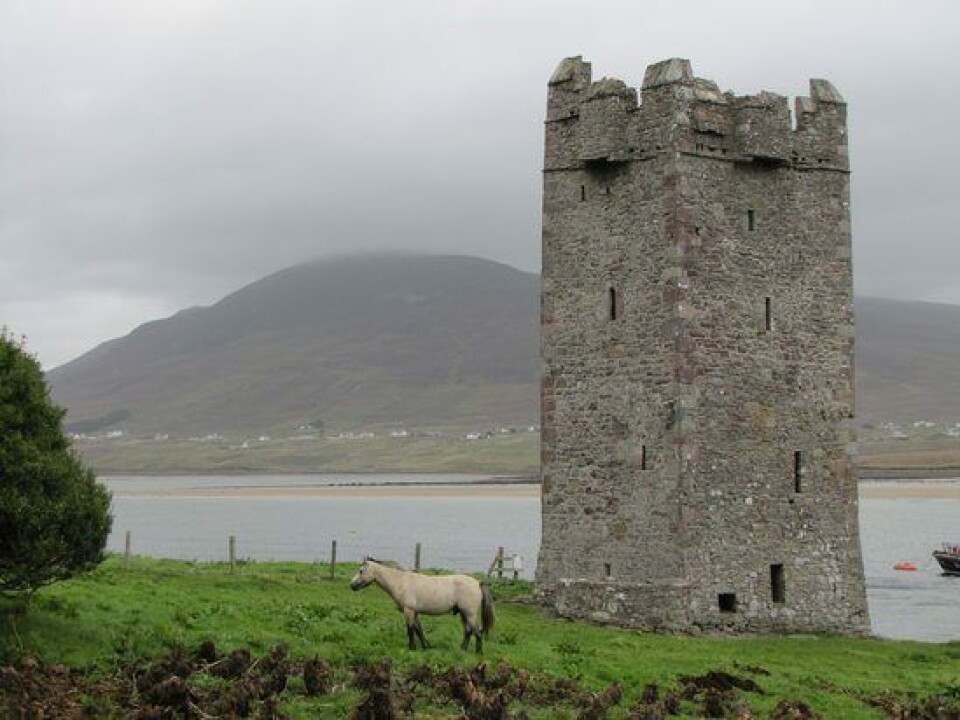
Ireland hosts top lice researchers
The first day of the International Sea Lice Conference, which kicked off in the Irish town of Wesport this week, included 19 scientific talks and countless poster presentations showcasing the latest developments in sea lice research.
Now in its 11th year running, the conference attracted an impressive compliment of world-renowned salmon and sea lice biologists from industry, academia and governmental organizations from countries including Canada, US, Chile, Faroe Islands, Norway, Cuba, Spain and the UK.
The first day of the conference featured scientific talks addressing sea lice and wild fish interactions, sea lice biology, sea lice genetics and chemotherapeutants.
Sea lice and wild fish interactions
The opening session featured work investigating the effect of salmon lice infestation on wild salmon or trout populations.
For example, Dr Martin Jaffa of Callander McDowell in the UK evaluated wild fish catches from Scottish rivers in relation to the presence of salmon farming. He explained how the data shows that populations of wild sea trout and Atlantic salmon have been in the decline since before the introduction of salmon farming to Scotland in the 1970s.
Jaffa concluded that there are many other factors that could be related to this decline and that salmon farming should not be blamed for declining wild stocks.
Another presentation by Dr Elina Halttunen of the Institute of Marine Research in Norway looked at the changes in behaviours of sea trout in relation to infestation pressure, and showed that migration was higher in fish with higher sea lice abundances.
From the United States, Catherine Frederick of the University of Maine described her PhD research, where she is looking at the use of sentinel cages to characterize the sea lice population dynamics to explore sources of infectious pressure and distribution patterns in Cobscook Bay, Maine. Interestingly, the highest prevalence of sea lice was observed at a site found furthest from active fish farms.
Sea lice biology
The second session of the day featured characterization of important physiological processes in the salmon louse, including investigating potential drug targets to understanding the effectiveness of depth-based technologies to prevent infection.
For example, Dr Martin Llewellyn of the University of Glasgow discussed tracking the diversity and composition of skin surface microbiota in sea lice-infected Atlantic salmon. His work indicates that the microbiome of the skin in salmon shifts during infection with lice. Specifically, he noted an increased abundance of putative pathogenic bacterial species in lice-infected salmon compared to controls.
In another talk of the session, Jessica Piesz, another PhD student at the University of Maine, talked about the effects of lice secretions on the immune response of Atlantic salmon. Her results suggests that secretions from sea lice are inhibiting inflammatory responses in Atlantic salmon by directly interacting with immune cellular responders.
Genetics
In this session, researchers from Chile, Norway and the UK presented researchers investigating genetic responses of lice.
Talks ranged from looking at the emerging role of non-coding RNA in the host-sea louse interaction, to characterizing genes containing important collagen-binding domains, to trying to characterize the host recognition mechanisms of Caligus rogercresseyi.
Chemotherapeutants
The last session of the day included five presentations that looked at the efficacy of new and old drugs for the control of sea lice.
First, the Benchmark Animal Health Technical Manager, Rune Stigum Olsen, talked about the off-label use of Salmonsan (azamethiphos) by first pairing the drug with a lengthy exposure in freshwater. This application has been obtaining great results both in lab and field studies, with resulting lice reductions reaching 95%.
Efficacy and safety studies, transcriptomic assessment, and characterization of mode of action of Elanco Animal Health's new lice drug AH-2178 (lufenuron) was also described.






















































